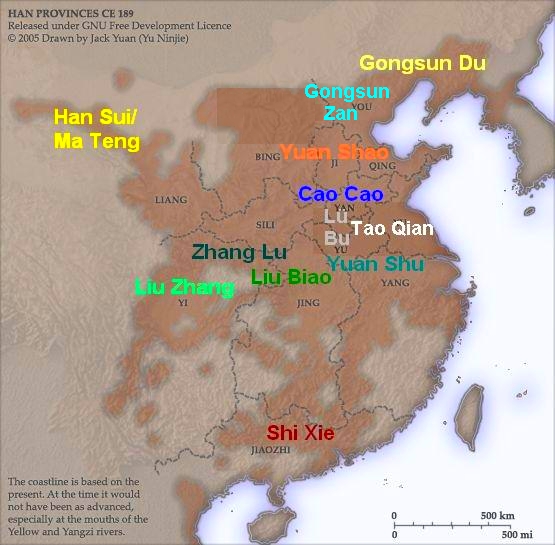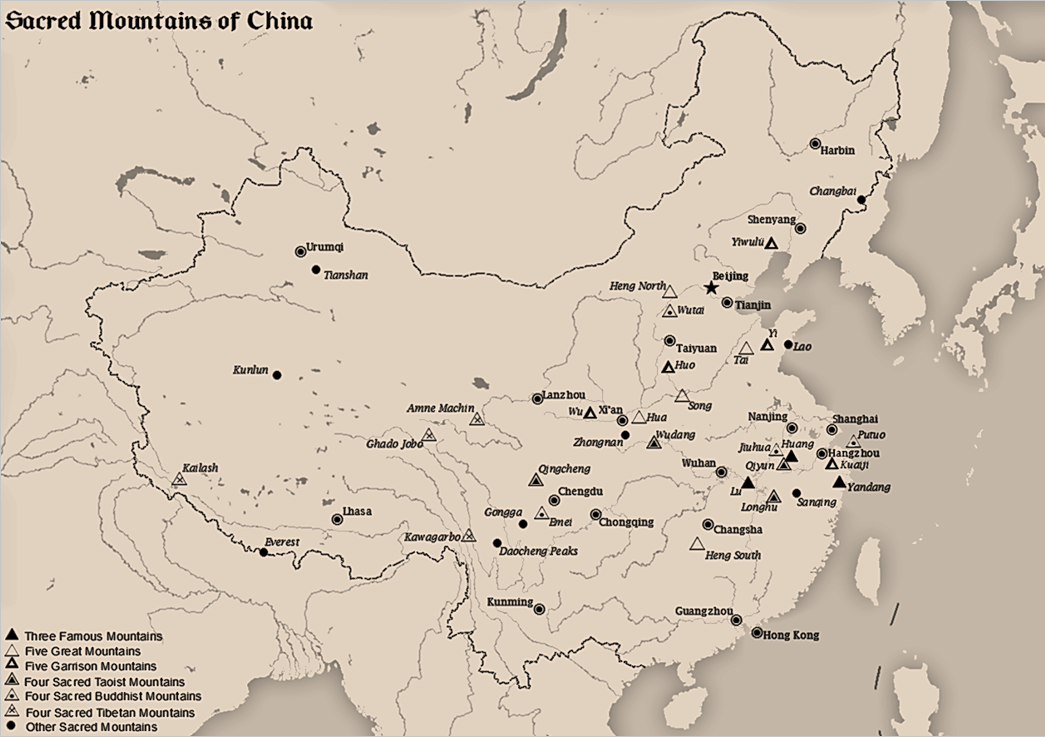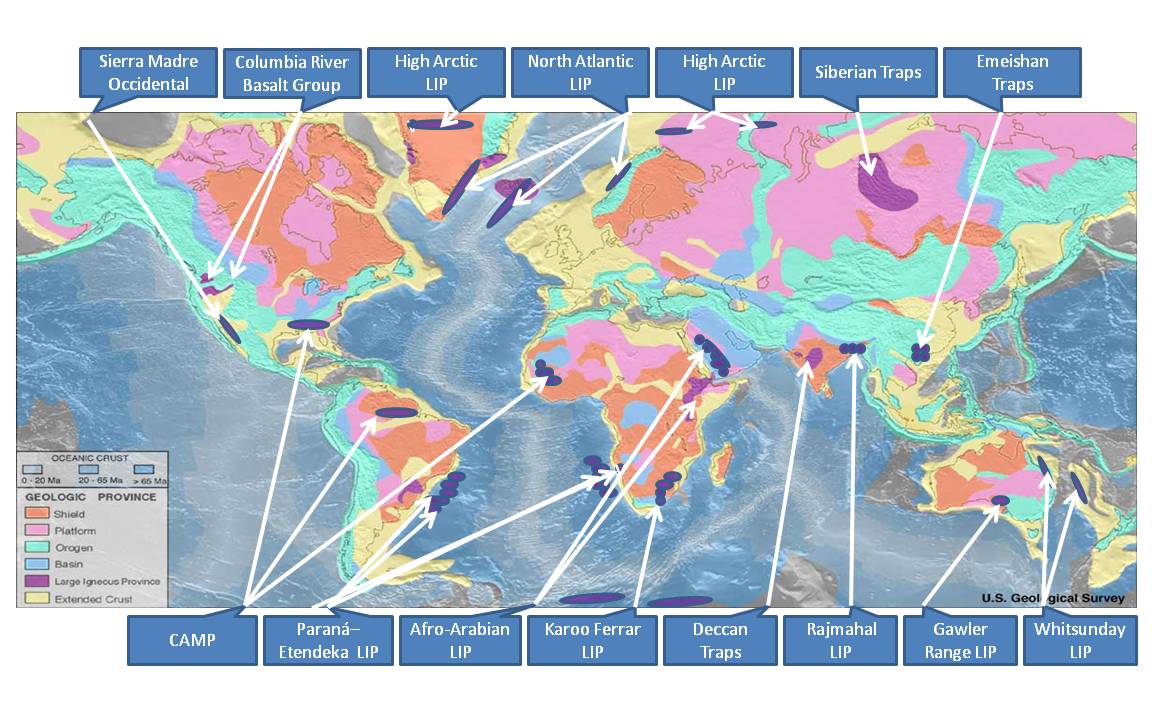|
Emei
Mount Emei (; zh, c=峨眉山, p=Éméi shān, O2-mei2 shan1), alternatively Mount Omei, is a mountain in Sichuan Province, China, and is the highest of the Four Sacred Buddhist Mountains of China. Mount Emei sits at the western rim of the Sichuan Basin. The mountains west of it are known as Daxiangling. A large surrounding area of countryside is geologically known as the Permian Emeishan Large Igneous Province, a large igneous province generated by the Emeishan Traps volcanic eruptions during the Permian Period. Administratively, Mount Emei is located near the county-level city of the same name ( Emeishan City), which is in turn part of the prefecture-level city of Leshan. It was made a UNESCO World Heritage Site in 1996. Name Emei means "moth-browed". Relevance to Buddhism Chinese people offer burning sandalwood near the mountain to send their "prayers to heaven". As a sacred mountain Mount Emei is one of the Four Sacred Buddhist Mountains of China, and is tradi ... [...More Info...] [...Related Items...] OR: [Wikipedia] [Google] [Baidu] |
Emeishan Traps
The Emeishan Traps constitute a flood basalt volcanic province, or large igneous province, in south-western China, centred in Sichuan province. It is sometimes referred to as the Permian Emeishan Large Igneous Province or Emeishan Flood Basalts. Like other volcanic provinces or " traps", the Emeishan Traps are multiple layers of igneous rock laid down by large mantle plume volcanic eruptions. The Emeishan Traps eruptions were serious enough to have global ecological and paleontological impact. It is named for Emeishan, a mountain in Sichuan. Etymology The term " trap" has been used in geology since 1785–1795 for such rock formations. It is derived from the Swedish word for stairs ("trappa") and refers to the step-like hills forming the landscape of the region. Formation and development The eruptions that produced the Emeishan Traps began 265 million years ago (Ma) or earlier. The main eruptive period is between 262 and 261 Ma, and the volcanism activities end 259 Ma. ... [...More Info...] [...Related Items...] OR: [Wikipedia] [Google] [Baidu] |
Leshan
Leshan, formerly known as Jiading and Jiazhou, is a prefecture-level city located at the confluence of the Dadu River, Dadu and Min River (Sichuan), Min rivers, on the southwestern fringe of the Sichuan Basin in southern Sichuan, about from the provincial capital of Chengdu. As of the 2020 census, its population was 3,160,168, of whom 1,236,188 lived in the built-up metro area made of Shizhong (downtown), Wutongqiao, Shawan and Jinkouhe districts. A historical and cultural city, Leshan is famous for world heritage sites Mount Emei, Emei Mountain and Leshan Giant Buddha, Leshan Buddha. It is also a regional center in the southern part of the Chengdu Economic Zone, serving as a transportation hub and port city in southwestern China. History Leshan has a long history, with written records tracing back to around 700 BC during the Kai Ming dynasty of the Shu (kingdom), Shu Kingdom. Around the early Spring and Autumn period, the Ba (state), Ba people, led by Kai Ming Bie Ling, migrated ... [...More Info...] [...Related Items...] OR: [Wikipedia] [Google] [Baidu] |
Emeishan City
Emeishan () is a county-level city in Sichuan province, China. It is administered by the prefecture-level city Leshan Leshan, formerly known as Jiading and Jiazhou, is a prefecture-level city located at the confluence of the Dadu River, Dadu and Min River (Sichuan), Min rivers, on the southwestern fringe of the Sichuan Basin in southern Sichuan, about from the .... Its population in 2020 stood at 419,107. It is named after Mount Emei, a famous mountain located within its administration. Administrative divisions Emeishan comprises 2 subdistricts, 10 towns and 1 township: ;subdistricts *Shengli 胜利街道 *Eshan 峨山街道 ;towns *Suishan 绥山镇 *Gaoqiao 高桥镇 *Luomu 罗目镇 *Jiuli 九里镇 *Longchi 龙池镇 *Fuxi 符溪镇 *Shuangfu 双福镇 *Guihuaqiao 桂花桥镇 *Dawei 大为镇 *Huangwan 黄湾镇 ;township *Longmen 龙门乡 Climate Transport * Emei railway station * Emeishan railway station References External links Emeishan City Website C ... [...More Info...] [...Related Items...] OR: [Wikipedia] [Google] [Baidu] |
Sichuan
Sichuan is a province in Southwestern China, occupying the Sichuan Basin and Tibetan Plateau—between the Jinsha River to the west, the Daba Mountains to the north, and the Yunnan–Guizhou Plateau to the south. Its capital city is Chengdu, and its population stands at 83 million. Sichuan neighbors Qinghai and Gansu to the north, Shaanxi and Chongqing to the east, Guizhou and Yunnan to the south, and Tibet to the west. During antiquity, Sichuan was home to the kingdoms of Ba and Shu until their incorporation by the Qin. During the Three Kingdoms era (220–280), Liu Bei's state of Shu was based in Sichuan. The area was devastated in the 17th century by Zhang Xianzhong's rebellion and the area's subsequent Manchu conquest, but recovered to become one of China's most productive areas by the 19th century. During World War II, Chongqing served as the temporary capital of the Republic of China, and was heavily bombed. It was one of the last mainland areas captured ... [...More Info...] [...Related Items...] OR: [Wikipedia] [Google] [Baidu] |
Leshan Giant Buddha
The Leshan Giant Buddha ( zh, t=樂山大佛) is a tall stone statue, built between 713 and 803 (during the Tang dynasty). It is carved out of a cliff face of Cretaceous red bed sandstones that lies at the confluence of the Minjiang River (Sichuan), Min River and Dadu River (Sichuan), Dadu River in the southern part of Sichuan, Sichuan Province in China, near the city of Leshan. The stone sculpture faces Mount Emei, with the rivers flowing below its feet. It is the largest and tallest stone Buddha statue in the world and it is by far the tallest pre-modern statue in the world. It is over from the Wuyou Temple. The Mount Emei Scenic Area, including Leshan Giant Buddha Scenic Area, has been listed as a United Nations Educational, Scientific and Cultural Organization, UNESCO World Heritage Site since 1996. Location The Leshan Giant Buddha is located at Lingyun Mountain’s Qifeng Peak. Qifeng Peak is located at the junction of the Min River (Sichuan), Minjiang River, Qingyi Rive ... [...More Info...] [...Related Items...] OR: [Wikipedia] [Google] [Baidu] |
Sichuan Province
Sichuan is a Provinces of China, province in Southwestern China, occupying the Sichuan Basin and Tibetan Plateau—between the Jinsha River to the west, the Daba Mountains to the north, and the Yunnan–Guizhou Plateau to the south. Its capital city is Chengdu, and its population stands at 83 million. Sichuan neighbors Qinghai and Gansu to the north, Shaanxi and Chongqing to the east, Guizhou and Yunnan to the south, and Tibet Autonomous Region, Tibet to the west. During antiquity, Sichuan was home to the kingdoms of Ba (state), Ba and Shu (kingdom), Shu until their incorporation by the Qin (state), Qin. During the Three Kingdoms era (220–280), Liu Bei's state of Shu Han, Shu was based in Sichuan. The area was devastated in the 17th century by Zhang Xianzhong's rebellion and the area's subsequent Qing dynasty, Manchu conquest, but recovered to become one of China's most productive areas by the 19th century. During World War II, Chongqing served as the temporary capital o ... [...More Info...] [...Related Items...] OR: [Wikipedia] [Google] [Baidu] |
Permian
The Permian ( ) is a geologic period and System (stratigraphy), stratigraphic system which spans 47 million years, from the end of the Carboniferous Period million years ago (Mya), to the beginning of the Triassic Period 251.902 Mya. It is the sixth and last period of the Paleozoic Era; the following Triassic Period belongs to the Mesozoic Era. The concept of the Permian was introduced in 1841 by geologist Sir Roderick Murchison, who named it after the Perm Governorate, region of Perm in Russia. The Permian witnessed the diversification of the two groups of amniotes, the synapsids and the Sauropsida, sauropsids (reptiles). The world at the time was dominated by the supercontinent Pangaea, which had formed due to the collision of Euramerica and Gondwana during the Carboniferous. Pangaea was surrounded by the superocean Panthalassa. The Carboniferous rainforest collapse left behind vast regions of desert within the continental interior. Amniotes, which could better cope with these ... [...More Info...] [...Related Items...] OR: [Wikipedia] [Google] [Baidu] |
Sacred Mountains Of China
The Sacred Mountains of China are divided into several groups. The ''Five Great Mountains'' () refers to five of the most renowned mountains in Chinese history, which have been the subjects of imperial pilgrimage by emperors throughout ages. They are associated with the supreme God of Heaven and the five main cosmic deities of traditional Chinese religion. The group associated with Buddhism is referred to as the ''Four Sacred Mountains of Buddhism'' (), and the group associated with Taoism is referred to as the ''Four Sacred Mountains of Taoism'' (). The sacred mountains have all been important destinations for pilgrimage, the Chinese term for pilgrimage () being a shortened version of an expression which means "paying respect to a holy mountain" (). The Five Great Mountains The ''Five Great Mountains'' or ''Wuyue'' are arranged according to the five cardinal directions of Chinese geomancy, which includes the center as a direction. The grouping of the five mountains appear ... [...More Info...] [...Related Items...] OR: [Wikipedia] [Google] [Baidu] |
Large Igneous Province
A large igneous province (LIP) is an extremely large accumulation of igneous rocks, including intrusive ( sills, dikes) and extrusive (lava flows, tephra deposits), arising when magma travels through the crust towards the surface. The formation of LIPs is variously attributed to mantle plumes or to processes associated with divergent plate tectonics. The formation of some of the LIPs in the past 500 million years coincide in time with mass extinctions and rapid climatic changes, which has led to numerous hypotheses about causal relationships. LIPs are fundamentally different from any other currently active volcanoes or volcanic systems. Overview Definition In 1992, Coffin and Eldholm initially defined the term "large igneous province" as representing a variety of mafic igneous provinces with areal extent greater than 100,000 km2 that represented "massive crustal emplacements of predominantly mafic (magnesium- and iron-rich) extrusive and intrusive rock, and origin ... [...More Info...] [...Related Items...] OR: [Wikipedia] [Google] [Baidu] |
Sichuan Basin
The Sichuan Basin (), formerly transliterated as the Szechwan Basin, sometimes called the Red Basin, is a lowland region in southwestern China. It is surrounded by mountains on all sides and is drained by the upper Yangtze River and its tributaries. The basin is anchored by Chengdu, the capital of Sichuan province, in the west, and the direct-administered municipality of Chongqing in the east. Due to its relative flatness and fertile soils, it is able to support a population of more than 100 million. In addition to being a dominant geographical feature of the region, the Sichuan Basin also constitutes a cultural sphere that is distinguished by its own unique customs, cuisine and dialects. It is famous for its rice cultivation and is often considered the breadbasket of China. In the 21st century its industrial base is expanding with growth in the high-tech, aerospace, and petroleum industries. Geography The Sichuan Basin is an expansive lowland region in China that is surround ... [...More Info...] [...Related Items...] OR: [Wikipedia] [Google] [Baidu] |
Chinese Buddhism
Chinese Buddhism or Han Buddhism ( zh, s=汉传佛教, t=漢傳佛教, first=t, poj=Hàn-thoân Hu̍t-kàu, j=Hon3 Cyun4 Fat6 Gaau3, p=Hànchuán Fójiào) is a Chinese form of Mahayana Buddhism. The Chinese Buddhist canonJiang Wu, "The Chinese Buddhist Canon" in ''The Wiley Blackwell Companion to East and Inner Asian Buddhism'', p. 299, Wiley-Blackwell (2014). draws from the traditions of Confucianism and Taoism as well as the rituals of local Chinese folk religion, folk religions. Chinese Buddhism emphasizes the study of Mahayana sutras and treatises. Some of the most important scriptures in Chinese Buddhism include the ''Lotus Sutra'', ''Avatamsaka Sutra, Flower Ornament Sutra'', Vimalakirti Sutra, ''Vimalakirtī Sutra'', ''Mahāyāna Mahāparinirvāṇa Sūtra, Nirvana Sutra,'' and Shorter Sukhāvatīvyūha Sūtra, ''Amitābha Sutra''. Chinese Buddhism is the largest institutionalized religion in mainland China.Cook, Sarah (2017). The Battle for China's Spirit: Religious R ... [...More Info...] [...Related Items...] OR: [Wikipedia] [Google] [Baidu] |
Samantabhadra (Bodhisattva)
Samantabhadra () is a great bodhisattva in Buddhism associated with practice and meditation. Together with Shakyamuni Buddha and the bodhisattva Mañjuśrī, he forms the Shakyamuni Triad in Mahayana Buddhism. He is the patron of the '' Lotus Sutra'' and, according to the '' Avatamsaka Sutra'', made the ten great vows which are the basis of a bodhisattva. In Chinese Buddhism, Samantabhadra is known as Puxian and is associated with action, whereas Mañjuśrī is associated with '' prajñā'' (transcendent wisdom). In Japan, this bodhisattva is known as Fugen, and is often venerated in Tendai and Shingon Buddhism. In the Nyingma school of Tibetan Buddhism, Samantabhadra is also the name of the Adi-Buddha, often portrayed in indivisible union ('' yab-yum'') with his consort, Samantabhadrī. In wrathful form he is one of the Eight Herukas of the Nyingma Mahayoga and he is known as Vajramrtra, But this Samantabhadra buddha and Samantabhadra bodhisattva are not the same. In M ... [...More Info...] [...Related Items...] OR: [Wikipedia] [Google] [Baidu] |









